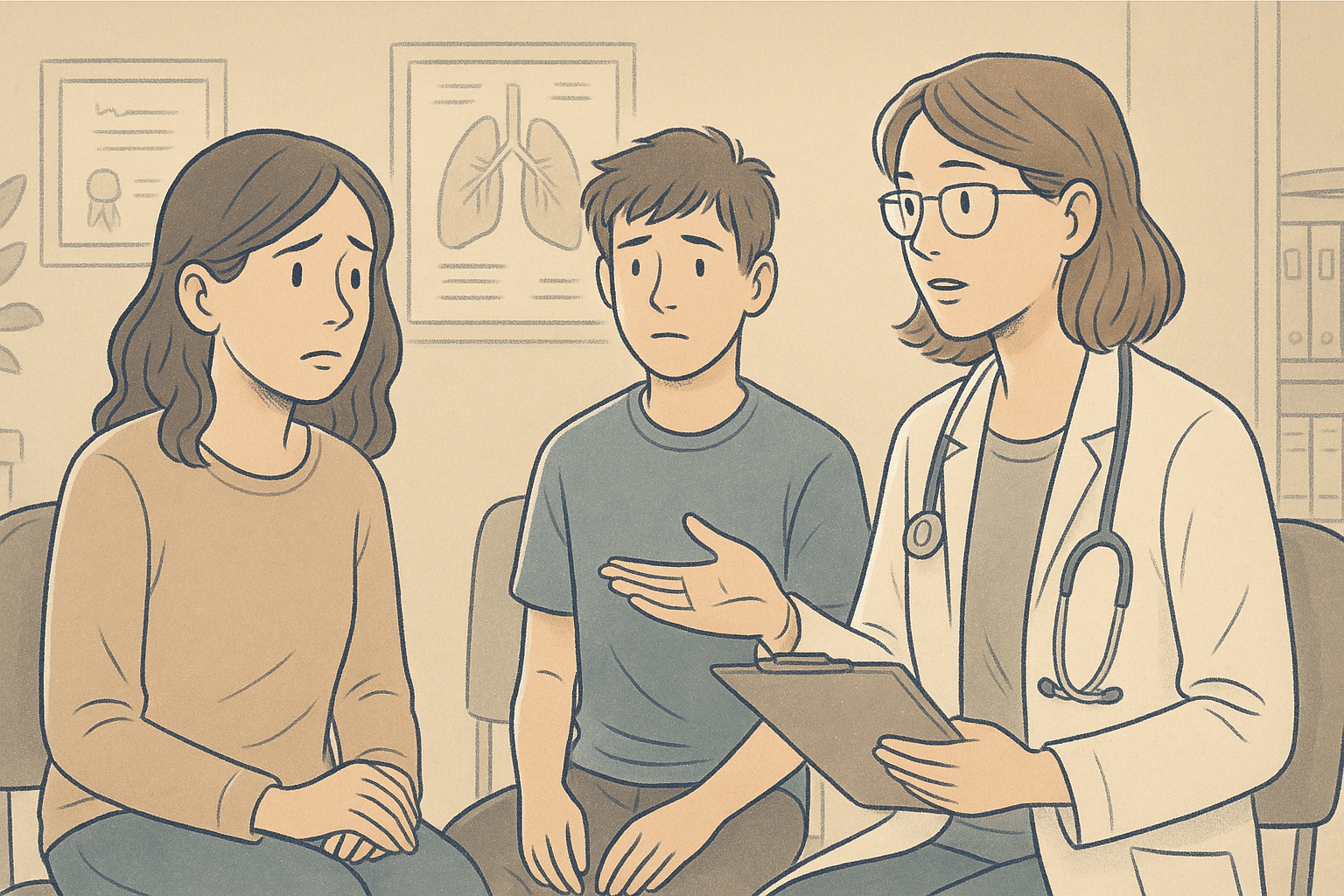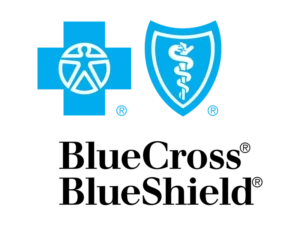Key Takeaways
- Technology addiction in children manifests through physical symptoms, behavioral changes, and emotional reactions when device access is restricted.
- Setting age-appropriate boundaries and tech-free zones creates a balanced approach to technology use.
- Children who struggle with tech addiction often experience brain changes affecting sleep, attention, and dopamine regulation.
- Early intervention through professional help and structured digital detox strategies can prevent long-term consequences.
- At Mission Prep, we provide comprehensive technology addiction treatment that combines evidence-based therapy, family involvement, and practical digital management strategies.
Spotting Tech Addiction Signs
Identifying technology addiction requires looking beyond simple screen time measurements. We help parents observe patterns across multiple areas of their child’s life to determine if digital habits have become unhealthy. The most reliable indicators appear in your child’s physical well-being, behavior patterns, emotional responses, and academic performance.
Physical Symptoms
Children with a technology addiction often display distinct physical symptoms that shouldn’t be overlooked. Complaints of headaches, eye strain, and vision problems resulting from extended screen exposure are common.
Sleep disturbances are also common, with many teens staying up late to use devices and then struggling to fall asleep afterward. The blue light emitted from screens disrupts the body’s natural production of melatonin, creating a vicious cycle of poor sleep quality and increased fatigue.
Behavioral Red Flags
Your child might become increasingly secretive about their online activities, hiding screens or quickly changing what they’re viewing when you enter the room.
Perhaps most tellingly, they may show extreme resistance, anger, or panic when asked to disconnect, a clear sign that technology use has crossed into dependence territory.
Emotional Warning Signs
Your child may exhibit irritability, restlessness, or anxiety when unable to access their devices. This emotional dysregulation stems from the brain’s adaptation to constant digital stimulation.
Additionally, we’ve noticed that teens with technology addiction often struggle to find enjoyment in previously beloved non-digital activities, as their reward systems have become calibrated to the intense stimulation of digital content.
Academic Performance Changes

School performance often suffers significantly when technology addiction takes hold.
The multitasking habits developed through constant device use can severely impact the ability to focus on single tasks requiring sustained attention, a critical skill for academic success.
Your child might begin to have declining grades, incomplete assignments, and difficulty concentrating during lessons. Teachers may also report that your child appears mentally absent or fatigued in class.
This digital distraction cycle creates academic challenges that mirror symptoms of conditions like ADHD, making proper assessment and intervention crucial.
| Mission Prep Healthcare: Adolescent Mental Health Care Mission Prep Healthcare specializes in mental health treatment for teens aged 12-17, offering residential and outpatient programs for anxiety, depression, trauma, and mood disorders. Our therapies include CBT, DBT, EMDR, and TMS, tailored to each adolescent’s needs. With a structured, supportive environment, we integrate academic support and family involvement to promote lasting recovery. Our goal is to help teens build resilience and regain confidence in their future. Start your recovery journey with Mission Prep Healthcare today! |
When Normal Use Becomes Addiction
Usage Time vs. Impact
Technology addiction isn’t defined by hours spent on screens alone but by the impact on daily life. A teenager who spends three hours daily on educational programming or creative digital projects may show no signs of addiction.
Meanwhile, another teen using devices for just an hour might display concerning dependency if that usage interferes with sleep, relationships, or responsibilities.
The critical factor is functional impairment: when technology use consistently prevents your child from meeting developmental milestones, maintaining relationships, or fulfilling obligations.
Digital Dependence Progression
Technology addiction typically follows a predictable progression that we’ve observed in countless adolescents. Initial use provides genuine joy and engagement, leading to increased time spent on devices. Gradually, more intense or frequent digital stimulation becomes necessary to achieve the same satisfaction.
As dependence deepens, social withdrawal, declining interest in offline activities, and deteriorating relationships with family members begin to show. Understanding this progression helps you to intervene at the earliest possible stage, before addiction becomes deeply entrenched.
Age-Appropriate Guidelines for Technology Usage

What constitutes healthy use for a 16-year-old differs dramatically from appropriate limits for an 8-year-old.
Younger children (ages 5–8) should have strict limits of 1–2 hours daily, focusing primarily on educational content with direct parental supervision. Teens (ages 9–12) can gradually increase independent usage but require clear boundaries around content and time limits.
For teenagers, the focus shifts from rigid time restrictions to ensuring balanced engagement across various life domains. Technology shouldn’t consistently displace sleep, homework, physical activity, or face-to-face social interactions.
Getting Professional Help

When technology use has progressed to addiction, professional intervention becomes essential.
When To Consult Pediatricians
Your child’s pediatrician should be your first professional contact when you suspect technology addiction. These medical providers understand developmental norms and can help distinguish between typical digital engagement and problematic use patterns.
Pediatricians can screen for physical symptoms of technology overuse, including sleep disruption, headaches, and vision problems, while evaluating potential contributing factors like attention difficulties or mood disorders. This detailed information helps your pediatrician determine appropriate next steps, which may include referral to specialized mental health providers.
Specialized Treatment Centers
When selecting a treatment center for your child, look for programs offering a multidisciplinary approach. Effective centers combine therapy, family involvement, academic support, and practical technology management strategies.
Avoid programs promising quick fixes or using shame-based approaches, as these rarely produce lasting results and may damage your child’s self-esteem.
Remember, geography shouldn’t limit access to quality care. Many treatment centers now offer virtual options that provide structured support while allowing your child to remain at home.
Therapy Options

Several therapeutic approaches, like group therapy, CBT, and DBT, have proven effective for addressing technology addiction in adolescents.
Cognitive Behavioral Therapy (CBT) helps teens identify the thoughts and emotions driving excessive technology use while developing healthier coping strategies. Dialectical Behavior Therapy (DBT) builds emotional regulation and distress tolerance skills that reduce the need to escape into digital worlds.
Additionally, group therapy connects teens with peers experiencing similar struggles reducing shame and isolation while providing accountability and mutual support. Many adolescents respond more openly to feedback from peers than from adults, making group settings ideal for challenging distorted thinking around technology use.
Medication Considerations
When technology overuse co-occurs with conditions like depression, anxiety, or ADHD, appropriate medication can address these underlying issues, making behavioral interventions more effective. For example, treating attention deficits may reduce a teen’s dependence on the intense stimulation of video games.
Medication decisions should always involve careful evaluation by a child psychiatrist experienced with technology addiction cases. At Mission Prep, we approach medication conservatively, using it as part of a broader treatment plan rather than a standalone solution. Parents should expect a thorough discussion of potential benefits and risks before beginning any medication regimen.
Digital Detox Strategies
1. Tech-Free Zones
Establishing specific tech-free zones in your home creates physical and psychological boundaries around technology use. We recommend designating bedrooms as completely device-free areas to protect sleep quality and prevent late-night usage. This single boundary can dramatically improve sleep patterns and reduce overall screen time.
The dining area should remain another strictly tech-free zone, preserving family meals as opportunities for face-to-face connection. Consider extending tech-free designations to the car (for passengers), outdoor spaces, and family gathering areas during specific hours. These boundaries help break the habit of constant device checking while creating space for alternative activities.
2. Gradual Reduction Plan
Cold-turkey approaches to technology restriction often backfire, triggering intense resistance and emotional dysregulation. We recommend implementing a gradual reduction plan that systematically decreases screen time while increasing alternative activities.
Start by identifying the most problematic applications or games and target these first while temporarily allowing continued access to less addictive digital activities.
3. Model Healthy Habits
Your personal technology habits powerfully influence your child’s relationship with digital tools. We encourage parents to honestly evaluate their own screen use patterns and model the balanced approach they want their children to develop.
This might mean putting your own phone away during meals, avoiding work emails during family time, and demonstrating healthy technology boundaries in your daily life.
Recognizing and Addressing Technology Addiction with Mission Prep
Mission Prep’s specialized approach recognizes the complex interplay between neurological changes, emotional needs, and behavioral patterns that characterize technology addiction.

Our treatment centers provide real-time intervention and skill-building.
Through a comprehensive assessment and evidence-based treatment, we help families manage this challenge with practical strategies that work. We teach adolescents to understand how technology affects their brain, mood, and relationships while developing the self-regulation skills necessary for sustainable recovery.
This approach empowers young people to make conscious choices about their digital engagement rather than being controlled by compulsive use patterns. At Mission Prep, we provide the expertise, support, and structured environment necessary for lasting transformation, helping your child develop the balanced relationship with technology they need to thrive in our digital world.
Frequently Asked Questions (FAQ)
Is technology addiction officially recognized as a disorder?
Currently, only gaming disorder has received official recognition in diagnostic systems, included in the International Classification of Diseases (ICD-11). However, mental health professionals widely acknowledge problematic technology use patterns beyond gaming that meet addiction criteria, preoccupation, withdrawal symptoms, tolerance, unsuccessful control attempts, and continued use despite negative consequences.
Can my child use educational apps without addiction risk?
Educational applications generally present lower addiction risk than entertainment-focused content, but they aren’t immune to problematic use patterns. The key factors determining addiction potential include design elements (reward schedules, notifications, endless scrolling), content nature (passive consumption vs. active creation), and usage context (time limits, parental involvement).
How long does tech addiction recovery typically take?
Recovery timelines vary significantly based on addiction severity, underlying factors, treatment approach, and individual characteristics. Generally, families should anticipate a minimum 3–6 month active treatment period followed by ongoing maintenance and periodic adjustments. Initial withdrawal symptoms typically peak within the first 2–4 weeks of reduced technology access, with gradual stabilization occurring over subsequent months. Full integration of healthy technology habits and sustainable self-regulation may require 1–2 years of consistent practice and support.
Should I remove all devices immediately if I suspect addiction?
Immediate, complete technology removal typically triggers intense emotional reactions without providing necessary coping skills and alternatives. We recommend a structured, gradual approach beginning with eliminating the most problematic applications/devices while maintaining access to necessary educational technology. This reduction should occur alongside introducing alternative activities and professional support.
Can tech addiction lead to other mental health issues?
Technology addiction and other mental health conditions frequently co-occur, with bidirectional relationships making cause-and-effect distinctions challenging. At Mission Prep, we provide integrated treatment addressing both technology addiction and any co-occurring mental health conditions.
Our therapeutic approach recognizes that sustainable recovery requires attention to the full spectrum of challenges facing each adolescent, not just their digital behaviors. This comprehensive perspective allows for genuine healing rather than temporary symptom management.


















